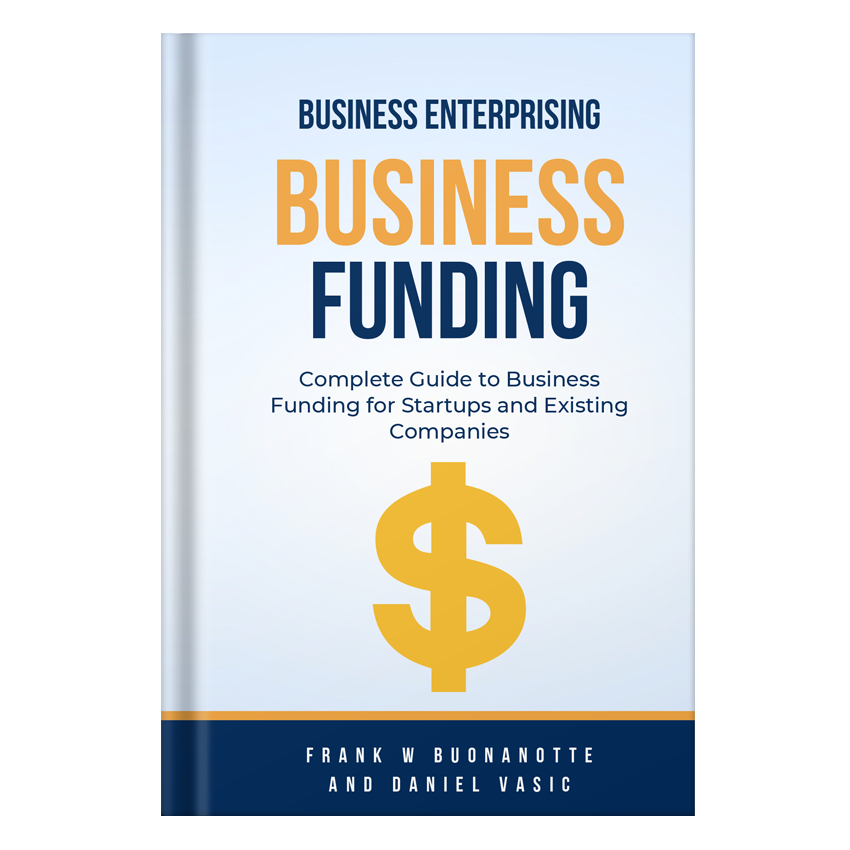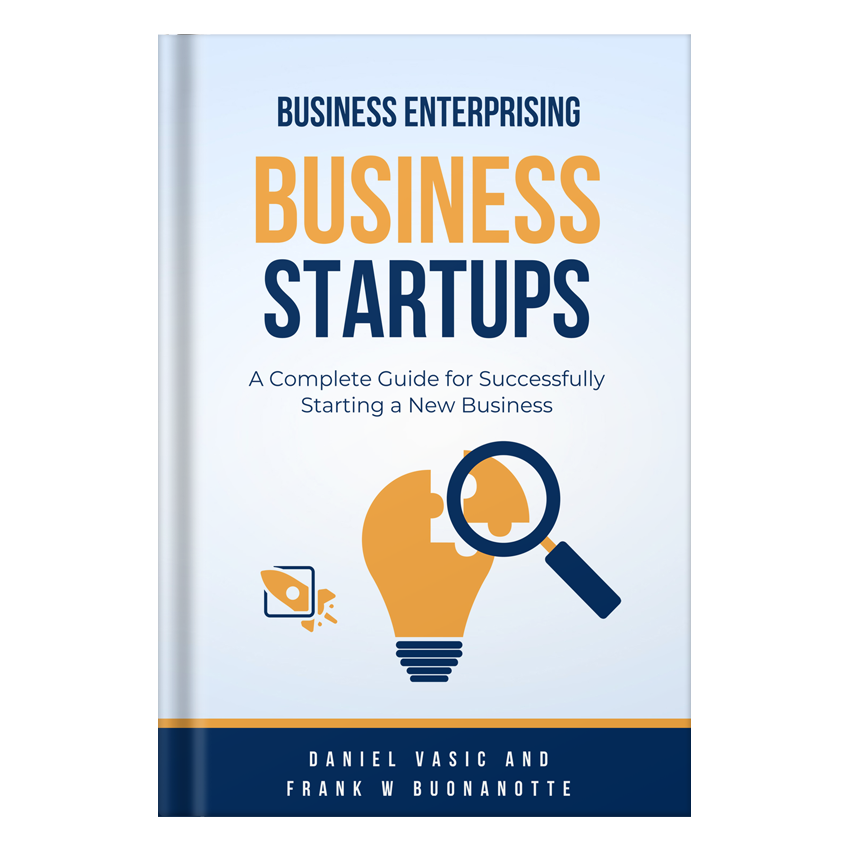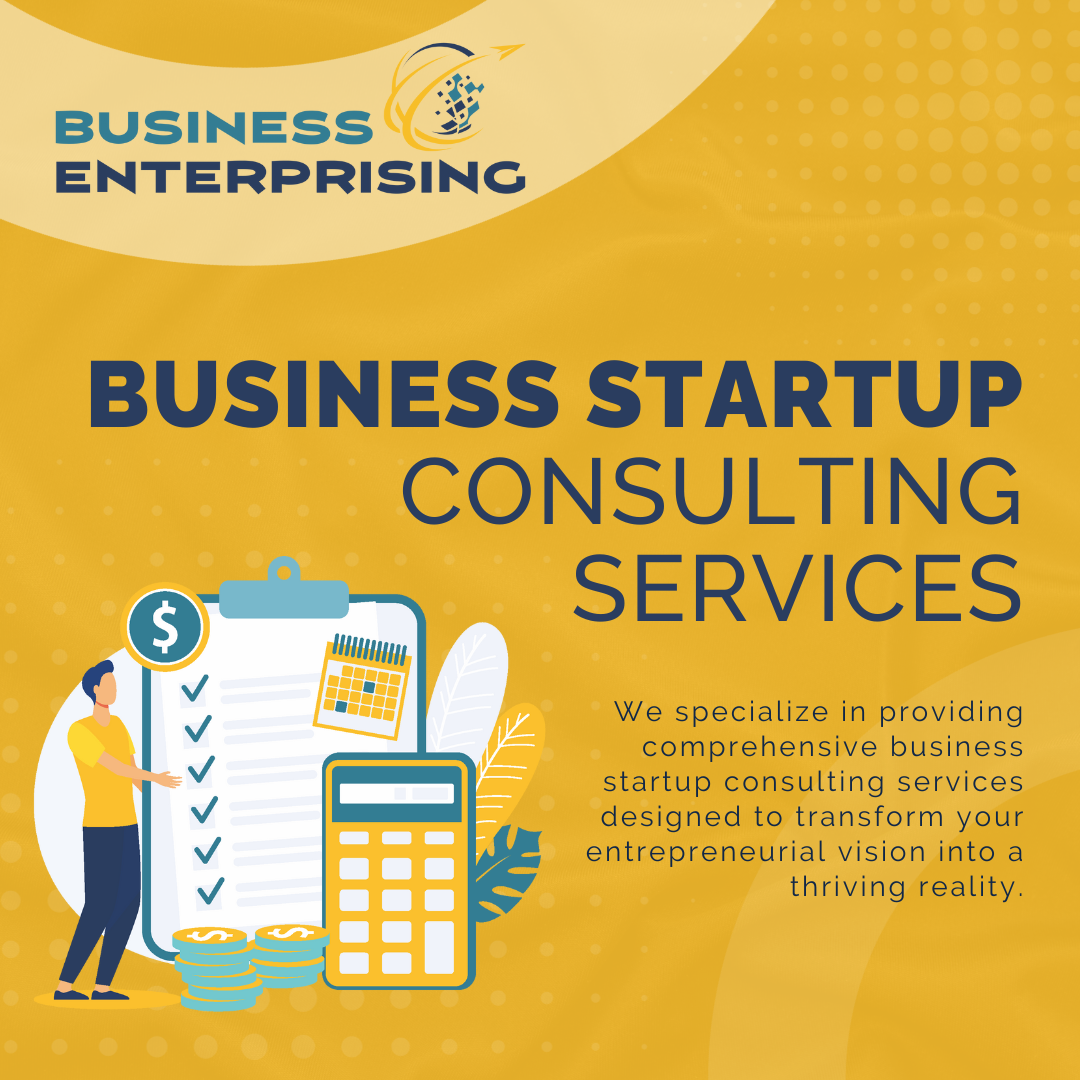Innovations in Marketing and Their Impact on Business Expansion
Marketing is constantly evolving, and staying current with innovations in marketing is essential for business success. These innovations allow you to reach customers in new and effective ways. From personalized content to the rise of social commerce, these strategies help you connect with your target audience. As consumer behavior shifts, adopting these changes can improve…
Read articleeCommerce Niches with Growth Potential
Finding the right niche is essential to succeeding in eCommerce. As consumer trends shift, identifying eCommerce niches with growth potential can help you stand out. Focusing on specific markets allows you to target a more engaged audience. By offering products tailored to their needs, you can build a loyal customer base. Additionally, growing markets like…
Read articleThe Integration of IoT in Business Operations
The integration of IoT in business operations is transforming how industries function. By connecting devices and systems, IoT creates new efficiencies that improve productivity. You can use real-time data to make faster, more informed decisions. As more companies embrace this technology, business operations become increasingly streamlined. This trend is reshaping logistics, manufacturing, and customer service.…
Read articleBusiness Education Trends
Business education is evolving rapidly to meet the demands of a changing economy. You will notice that traditional teaching methods are giving way to innovative approaches. Business education trends highlight the importance of adaptability in learning. For example, online platforms now offer greater accessibility to a wider audience. Additionally, you can see a strong focus…
Read articleStrategic Partnerships for US Market Entry
Entering the U.S. market can be complex and challenging. However, strategic partnerships can make this process more manageable. By collaborating with established companies, you can gain insights and resources that enhance your chances of success. These partnerships allow you to leverage local market knowledge, distribution channels, and customer relationships. You can also share risks and…
Read articleVirtual and Augmented Reality in Retail
Virtual and augmented reality in retail are changing how customers shop and interact with brands. These technologies create immersive experiences that engage customers in new ways. Imagine walking through a store and seeing products come to life right before your eyes. This innovative approach helps you visualize items better, making your shopping experience more enjoyable…
Read articleThe Effects of Change Management on Operational Efficiency
Understanding the effects of change management is essential for improving your business operations. Change management focuses on guiding your team through transitions, helping to maintain productivity. Without a solid approach, changes can disrupt daily processes and slow down your growth. When managed effectively, these transitions enhance operational efficiency and team performance. You can influence how…
Read articleSEO for Increasing Online Visibility
In the digital age, having a strong online presence is essential for any business. SEO for increasing online visibility is a powerful tool to help you achieve this. By optimizing your website for search engines, you can attract more visitors and improve your brand’s reach. However, effective SEO requires a comprehensive strategy that goes beyond…
Read article





















